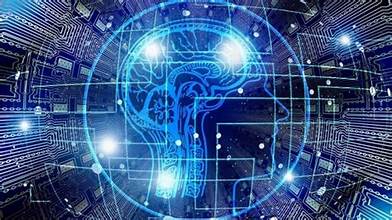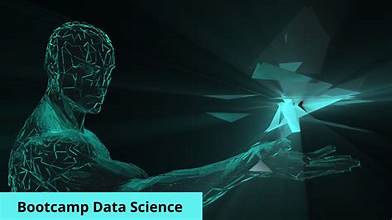
Course content
- Introduction to Backpropagation Algorithm
- Backpropagation Algorithmn- Matlab Application









The deep learning models that power AI systems are often black boxes. Explainable AI tries to understand how these models make decisions, so that we can use them responsibly. In this course, you will learn the basic techniques of Explainable AI, including Generative Adversarial Networks (GANs). You will also learn about legal rights to explanation, and the role of explanation in regulating AI.

Artificial Intelligence is a fast-evolving field of technology that lets computers simulate human functions, such as learning and problem-solving. A subset of AI that’s been gaining traction recently is generative AI, which specializes in creating new content, be it text, images, audio, or videos. Take this course to learn about the different types of generative AI using interactive applets!